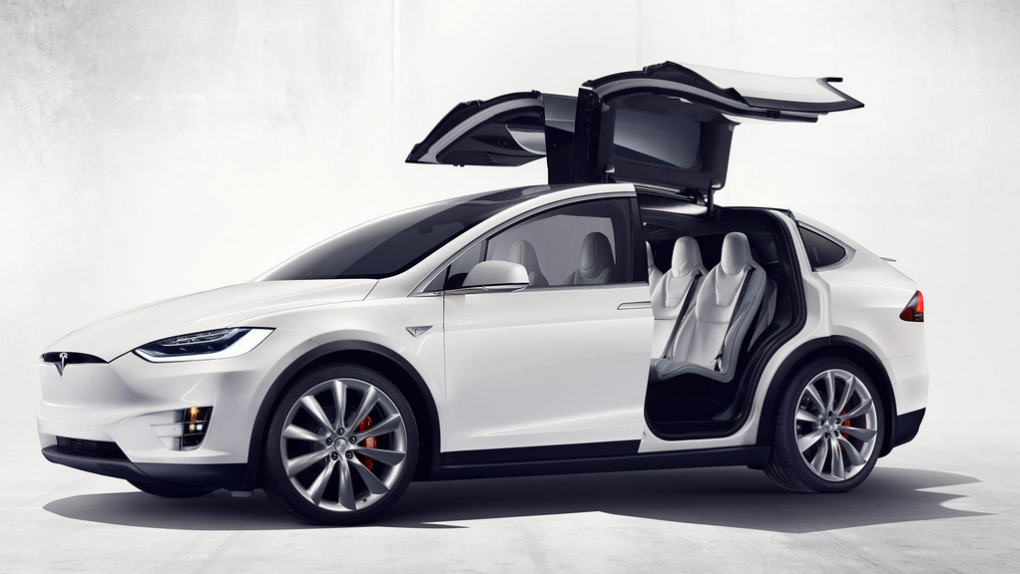Over the past few days, the auto and tech world have been bombarded with reports emanating from a fatal May 7 crash involving a Tesla Model S. As you may recall, a Model S with Tesla’s Autopilot software engaged crashed into the side of a tractor-trailer, tragically killing the Model S driver in the process.
Well now comes word via the Detroit Free Press of yet another Tesla crash wherein the company’s Autopilot software was activated at the time of impact.
DON’T MISS: Tesla Model 3 prototype looks stunning in these new shots
According to the report, the driver of a 2016 Model X activated his car’s Autopilot feature while driving on the Pennsylvania Turnpike. Sometime later, the car ran into a guard rail, subsequently causing it to cross over a few lanes before finally driving into a concrete median and rolling onto its roof. Fortunately, the driver survived.
The Free Press notes:
Anyone who has driven on the Pennsylvania Turnpike knows that its narrow shoulders and concrete medians leave little margin for driver error. There’s not enough evidence to indicate that Tesla’s Autopilot malfunctioned.
Of course, one could argue that driving situations with little margin for driver error are precisely the scenarios where Autopilot software should ostensibly shine.
Notably, the aforementioned Model X crash occurred this past Friday, just one day after the National Highway Traffic Safety Administration (NHTSA) signaled its intention to investigate the role that Tesla’s Autopilot software had (if any) in the fatal May 7th crash involving a Tesla Model S.
In the wake of the May 7th crash, both Tesla and CEO Elon Musk have addressed the issue of self-driving cars rather candidly. Just recently, Musk said more than half a million lives could be saved every year if “Tesla Autopilot was universally available.”
UPDATE: Tesla supplied the following statement to Electrek, denying that Autopilot was engaged at the time of the accident.
We have no data to suggest that Autopilot was engaged at the time of the incident. Anytime there is a significant accident, Tesla receives a crash detection alert. As is our practice with all collisions, we immediately reached out to the customer to make sure he was safe. Until the customer responds, we are unable to further investigate.








